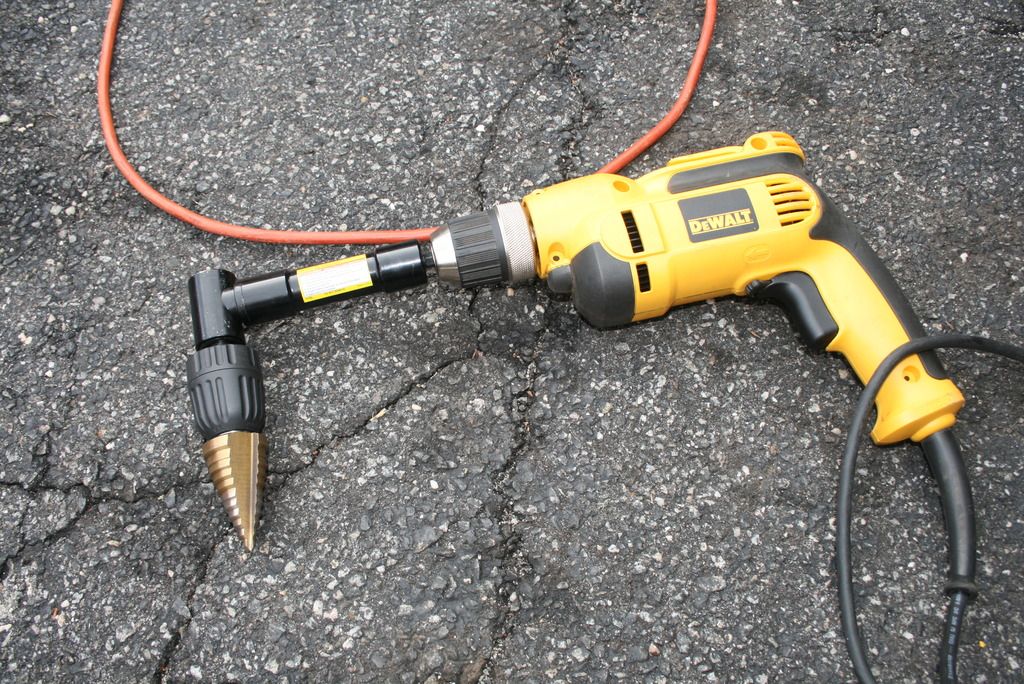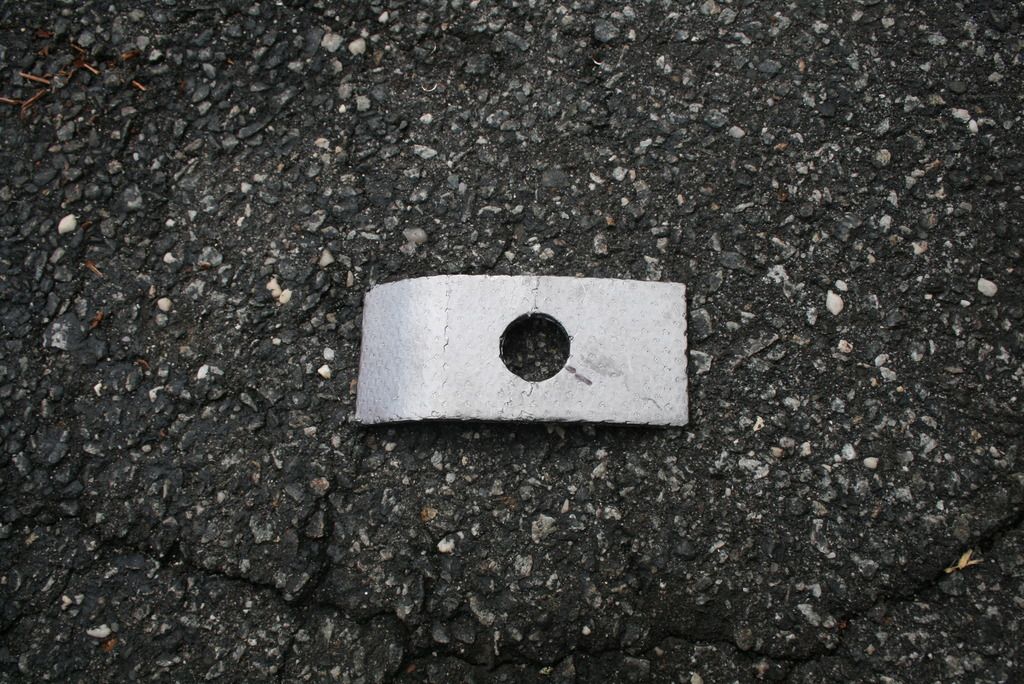bobscuda67
Well-Known Member
I'm thinking about buying a air fuel gauge for my car and I really don't want to weld in a sensor bung. I have stock exhaust manifolds with the 2.25 pipe and tips out the back.
I see that they make a bracket that clamps on the tip and the sensor screws into it . The directions say it's accurate to do it this way as long there's no cats in the system and
I like it because it's removable and you can switch it from car to car.
Has anyone ever used this setup and how did it work?
I see that they make a bracket that clamps on the tip and the sensor screws into it . The directions say it's accurate to do it this way as long there's no cats in the system and
I like it because it's removable and you can switch it from car to car.
Has anyone ever used this setup and how did it work?




















